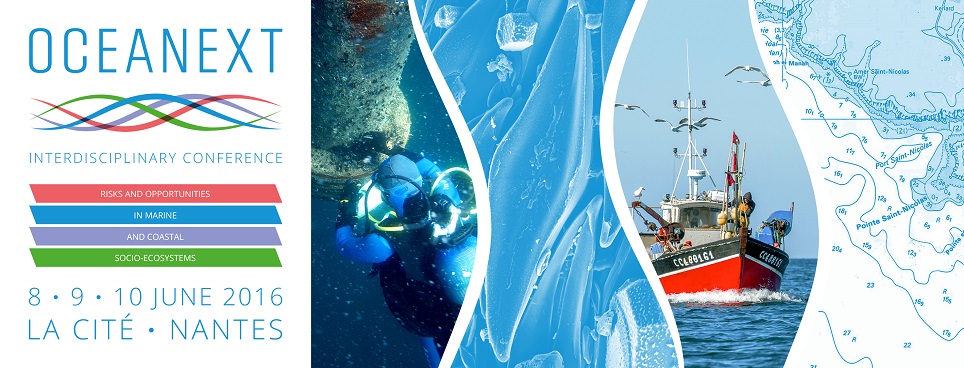In this first decade of the 21st century, Marine Spatial Planning (MSP) is the new paradigmatic norm concerning the marine environment management. In this context, MSP is it the "new frontier"? Much more than this, we think that MSP is in fact a new post-modernist social construction of the sea, which can serve different visions of this one (with national shades). Historically a political process as all planning approaches, spatial turn and neoliberal rationality “doing-world” has devoided of his substance. MSP, thus, has only addressed by the technico‐technical planning spectrum with two main tools: zoning and mapping by Geographic Information System (GIS). These tools rationalize and normalize sea space with a particular vision: an absolute and non-human space. The risk is to believe that sea space is an “empty lands”, allowing ocean grabbing. This situation produces indirectly a “missing layer”: the human and social dimensions which are largely undocumented and unmapped in the MSP, and more globally, in ocean neoliberalization context. These dimensions are materialized by practices territories, affects and values felt, knowledge linked. But before to be “missing”, these dimensions are simply invisible. So behind the “Blue” of maps, there is a hidden world, stakes for a “just sea”. The “missing layer” is one of the possible ways to transform MSP in an argumentative and political process. We will see how make visible the invislbe between two fieldworks: St. Lawrence Gulf (CA) and Bay of Biscay (FR).

|
Behind the "Blue" of maps a hidden world: stakes for a "just sea" in the Marine Spatial Planning context
1 : LETG Nantes Géolittomer (UMR 6554)
(LETG)
-
Site web Université du Québec à Rimouski - UQAR (CANADA)
Université de Nantes Campus Tertre BP 81227 44312 Nantes cedex 3 -
France
|
 PDF version
PDF version
